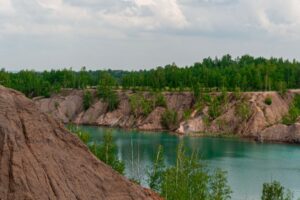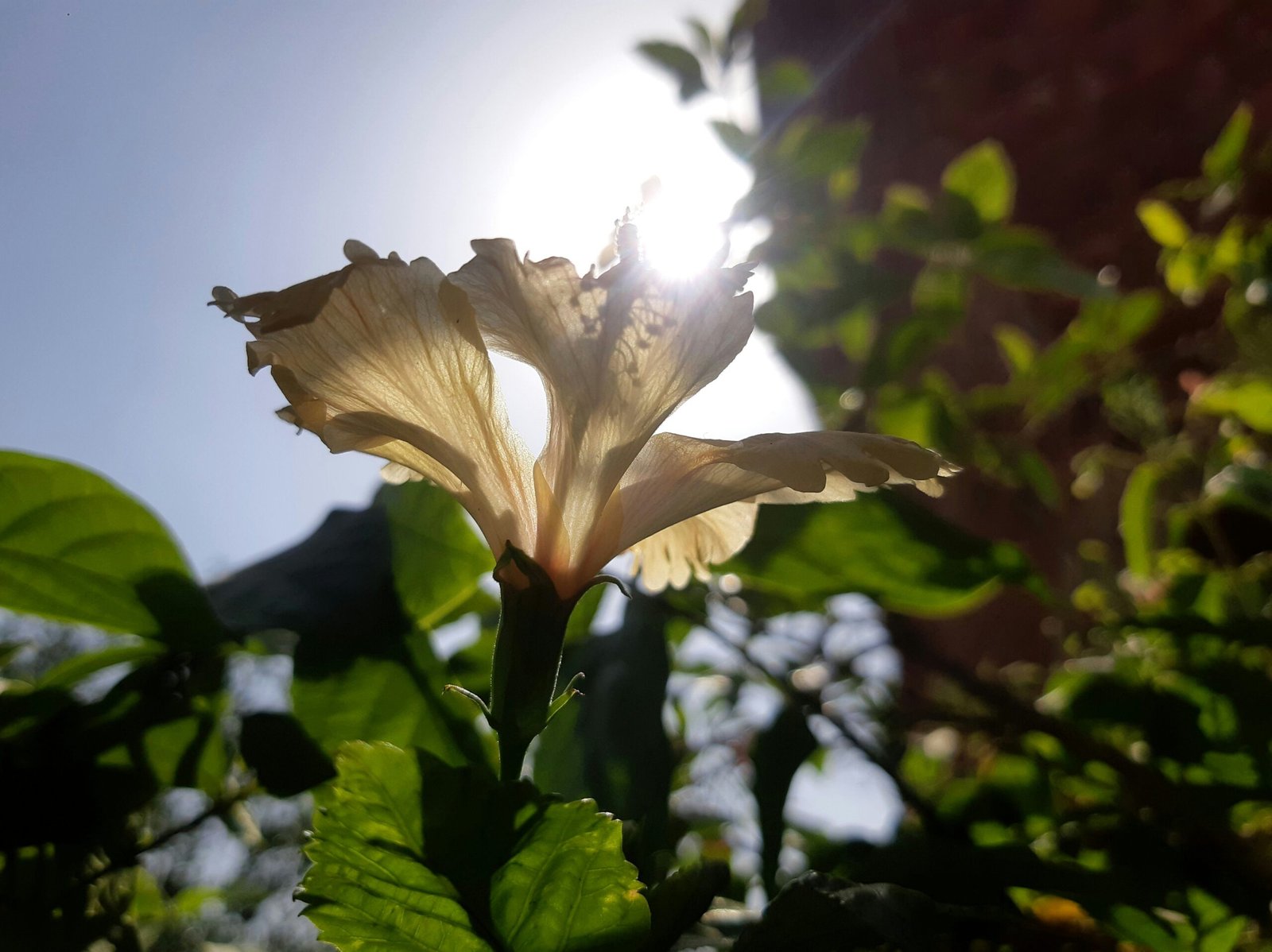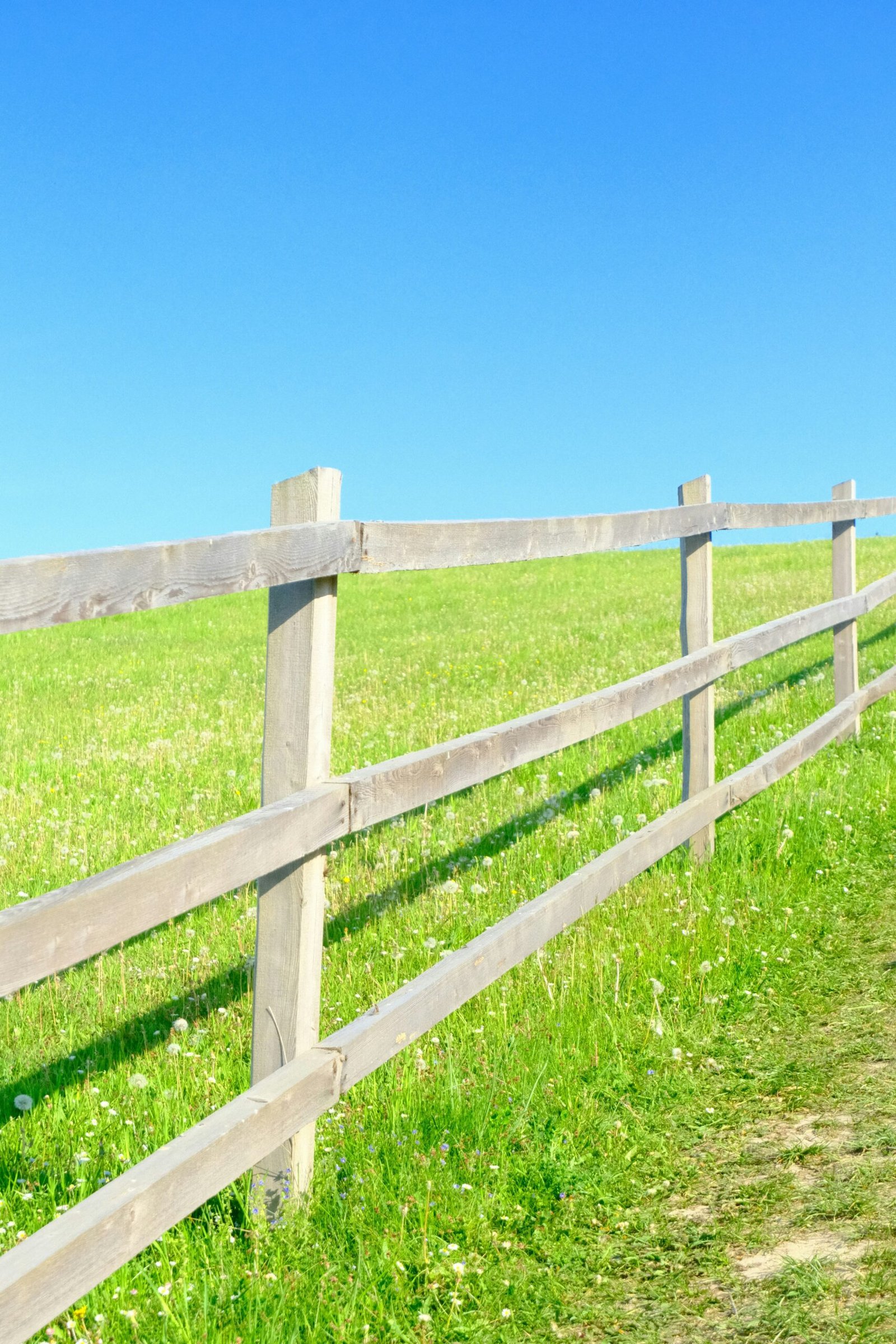Introduction to Using Shrubs for Privacy and Landscaping
In the quest for privacy and enhanced landscaping, homeowners and garden enthusiasts often face the dilemma of choosing between artificial barriers and natural solutions. Shrubs, as a versatile and aesthetically pleasing option, offer a compelling alternative to traditional fences or walls. By leveraging the natural attributes of shrubs, one can achieve a balance between functionality and beauty in their outdoor spaces.
One of the primary advantages of using shrubs for privacy is their ability to blend seamlessly into the natural landscape. Unlike fences or walls, which can sometimes appear stark and uninviting, shrubs contribute to a more organic and harmonious environment. The variety of textures, colors, and shapes available in shrubbery allows for creative expression and personalized design, enhancing the overall visual appeal of any garden or yard.
Beyond aesthetics, shrubs offer significant environmental benefits. They serve as natural habitats for birds, insects, and other wildlife, promoting biodiversity within the garden. Furthermore, shrubs are effective in improving air quality by absorbing pollutants and releasing oxygen. Their root systems also help in soil stabilization and water retention, reducing erosion and promoting a healthier ecosystem.
From a cost perspective, shrubs can be a more economical choice in the long run. While the initial investment in shrubs might be comparable to that of installing a fence or wall, the maintenance costs over time tend to be lower. Shrubs, once established, require minimal upkeep and can thrive for many years with proper care. Additionally, the growth and maturity of shrubs can add value to the property, making them a financially sound investment.
With these numerous benefits in mind, it is clear why shrubs are becoming an increasingly popular choice for privacy and landscaping needs. The following sections will delve into expert recommendations on the best shrubs to use for these purposes, providing insights into selecting the right varieties for different climates and aesthetic preferences.
Factors to Consider When Choosing Shrubs
When selecting shrubs for privacy and landscaping, several crucial factors should be taken into account to ensure optimal growth and functionality. First and foremost, climate suitability is critical. Different shrubs thrive in different climates, so it’s essential to choose varieties that are well-adapted to your local weather conditions. This ensures that the plants will not only survive but also flourish, providing the desired privacy and aesthetic appeal.
Soil type is another significant consideration. Shrubs have varying soil preferences, ranging from sandy to clay soils. Conducting a soil test can provide valuable insights into the pH level and composition of your garden’s soil, allowing you to select shrubs that will thrive in those specific conditions. Additionally, considering the drainage properties of your soil can help prevent waterlogging or drought stress, which can adversely affect shrub health.
Growth rate is also an important factor. If you require quick privacy, opt for fast-growing shrubs. However, be mindful that rapid growth may necessitate more frequent pruning and maintenance. On the other hand, slower-growing shrubs generally require less maintenance but take longer to achieve the desired height and coverage.
Maintenance requirements should not be overlooked. Some shrubs are low-maintenance, requiring minimal pruning and care, while others may demand regular attention to maintain their shape and health. Understanding the maintenance needs of your chosen shrubs can help you plan your gardening activities and ensure that you can keep up with their upkeep.
The mature height and width of shrubs are crucial for planning your landscape. Knowing how large a shrub will grow helps in spacing them properly to avoid overcrowding and ensures that they fit well within your garden’s layout. This consideration is especially important for creating privacy screens or hedges, where uniformity and coverage are key.
Finally, understanding the specific needs of your garden or yard is paramount. Assessing factors such as sunlight exposure, wind patterns, and existing plant life can guide your shrub selection process. Tailoring your choices to the unique characteristics of your space will enhance the overall success and satisfaction of your landscaping efforts.
Top Shrubs for Privacy
When it comes to creating a natural privacy screen, selecting the right shrubs is crucial. Experts recommend a variety of shrubs that not only ensure privacy but also enhance the aesthetic appeal of your landscape. Among the top choices are Boxwood, Privet, and Arborvitae, each offering unique features and growth habits that make them ideal for privacy.
Boxwood is a classic choice for privacy hedges, known for its dense and compact growth. This evergreen shrub maintains its vibrant green foliage throughout the year, making it a reliable option for year-round privacy. Boxwoods are also highly versatile, as they can be easily shaped and trimmed to fit any desired form, from formal hedges to more natural-looking screens.
Privet is another excellent option, particularly for those seeking rapid growth and robustness. This deciduous shrub grows quickly, forming a dense barrier that effectively blocks views and reduces noise. Privet is also highly adaptable to various soil types and climates, making it a popular choice for privacy hedges in different regions. Additionally, its small, glossy leaves and fragrant white flowers add an extra layer of beauty during the blooming season.
Arborvitae, often referred to as “tree of life,” is a favored evergreen shrub for creating tall privacy screens. Its narrow, pyramid-like shape and dense foliage provide excellent coverage, making it an ideal choice for boundary hedges. Arborvitaes are low-maintenance and can thrive in a variety of soil conditions, although they prefer well-drained soil and full sunlight for optimal growth. With its rich green color and year-round coverage, Arborvitae is perfect for creating a natural, living fence.
Other notable mentions include Forsythia, known for its bright yellow flowers in spring, and Holly, which offers both privacy and a festive appearance with its glossy leaves and red berries. Each of these shrubs brings unique characteristics to the table, ensuring you can find the perfect match for your privacy and landscaping needs.
Top Shrubs for Landscaping Aesthetics
When it comes to enhancing the visual appeal of your garden or yard, selecting the right shrubs can make a significant difference. Shrubs like Hydrangeas, Azaleas, and Japanese Maple are particularly noted for their striking beauty and can transform any landscape into a vibrant, picturesque scene. These shrubs not only add color and texture but also offer seasonal interest through their flowers and foliage.
Hydrangeas are exceptional for their large, showy blooms that come in a variety of colors, including blue, pink, white, and purple. Their blossoms can last from late spring to fall, providing long-lasting beauty to your landscape. Hydrangeas thrive in both sun and partial shade, making them versatile options for different garden settings. Moreover, they can be used as standalone specimens or in group plantings to create a stunning visual effect.
Azaleas, another excellent choice, are renowned for their vibrant flowers that bloom in spring. These shrubs are available in many colors such as red, orange, pink, and white, adding a burst of color to your garden. Azaleas prefer acidic, well-drained soil and are often used in foundation plantings or as part of mixed borders. Their lush foliage remains attractive throughout the year, even when the flowers are not in bloom, ensuring they contribute to the garden’s aesthetics in all seasons.
The Japanese Maple is an iconic shrub known for its exquisite foliage. The leaves of this shrub are particularly eye-catching, with their intricate shapes and a range of colors that change with the seasons—from bright red and orange in the fall to lush green in the summer. Japanese Maples are perfect for adding a touch of elegance and sophistication to any landscape. These shrubs do best in partial shade and well-drained soil, and they can serve as focal points in garden designs.
Incorporating these aesthetically pleasing shrubs into your landscaping plan can significantly enhance the overall beauty of your outdoor space. By choosing plants like Hydrangeas, Azaleas, and Japanese Maple, you can create a garden that is not only visually appealing but also dynamic and full of seasonal interest.
Low-Maintenance Shrubs
For homeowners seeking a low-maintenance garden, selecting shrubs that require minimal care is paramount. These shrubs not only enhance the landscape with their aesthetic appeal but also demand less effort in terms of upkeep. Among the top recommendations for low-maintenance shrubs are Dwarf Alberta Spruce, Spirea, and Barberry.
The Dwarf Alberta Spruce is a popular choice due to its compact size and conical shape, making it perfect for small spaces. This evergreen shrub is highly resilient to pests and diseases, reducing the need for frequent treatments. Additionally, it is drought-tolerant once established, meaning it can thrive with minimal watering. Pruning is rarely required, as the Dwarf Alberta Spruce maintains its tidy form naturally.
Spirea is another excellent option for those looking for low-maintenance shrubs. Spirea varieties, such as the Bridal Wreath and Goldflame, are known for their vibrant foliage and seasonal blooms. These shrubs are highly adaptable, growing well in various soil types and conditions. They exhibit strong resistance to pests and diseases, making them a reliable choice for any garden. Moreover, Spirea requires only occasional pruning to remove dead or damaged branches, simplifying its care routine.
Barberry shrubs are favored for their striking colors and hardy nature. Varieties like the Crimson Pygmy and Golden Nugget offer year-round visual interest with their bright foliage. Barberry is notably drought-tolerant, requiring little water once established. It is also resistant to most pests and diseases, minimizing the need for chemical interventions. Pruning is straightforward, typically limited to shaping the shrub or removing any unwanted growth.
Incorporating low-maintenance shrubs such as Dwarf Alberta Spruce, Spirea, and Barberry into your garden can significantly reduce the time and effort required for upkeep. Their resilience to pests and diseases, drought tolerance, and ease of pruning make them ideal choices for creating a beautiful yet manageable landscape.
Native Shrubs for Environmental Benefits
Choosing native shrubs for your landscaping needs can offer a multitude of environmental benefits while also providing privacy and aesthetic appeal. Native shrubs are naturally adapted to the local climate and soil conditions, which means they require less maintenance and are more resilient to pests and diseases. Moreover, they play a crucial role in supporting local ecosystems by providing habitat and food for native wildlife, fostering biodiversity, and stabilizing soil.
One excellent example of a native shrub is the American Holly (Ilex opaca). Known for its evergreen foliage and bright red berries, American Holly serves as a year-round privacy screen and adds a festive touch to your landscape during the winter months. Its dense branches offer shelter for birds, and its berries provide a vital food source during the colder seasons.
Another notable native shrub is the Red Osier Dogwood (Cornus sericea). This deciduous shrub is celebrated for its striking red stems, particularly noticeable in the winter. Red Osier Dogwood is not only visually appealing but also beneficial for erosion control due to its extensive root system. It supports various pollinators, including bees and butterflies, and its berries attract birds and other wildlife.
Serviceberry (Amelanchier spp.) is another excellent choice for native landscaping. This versatile shrub, also known as Juneberry or Saskatoon, offers multiple seasons of interest with its white spring flowers, summer berries, and vibrant fall foliage. The berries are edible and highly nutritious, attracting birds and other wildlife. Additionally, Serviceberry’s adaptability to different soil types and conditions makes it a low-maintenance yet highly rewarding choice for any garden.
Incorporating native shrubs like American Holly, Red Osier Dogwood, and Serviceberry into your landscaping not only enhances the visual appeal of your outdoor space but also contributes to the health and sustainability of the local ecosystem. By selecting plants that are naturally suited to your region, you are promoting a balanced and thriving environment for both plants and wildlife.
Planting and Care Tips for Shrubs
Proper planting and care are essential for the healthy growth of shrubs, ensuring they thrive in your landscape for years to come. To begin, it’s crucial to prepare the soil adequately. Shrubs generally prefer well-drained soil rich in organic matter. Before planting, loosen the soil to a depth of about 12-18 inches and mix in compost or aged manure to enhance soil fertility and structure.
When planting shrubs, dig a hole that is twice the width of the root ball but no deeper than the root ball itself. Position the shrub in the hole, ensuring that the top of the root ball is level with the soil surface. Backfill the hole with the excavated soil, gently firming it around the roots to eliminate air pockets. Water thoroughly to help settle the soil.
Watering schedules are vital for shrub health, particularly during the first few growing seasons. Newly planted shrubs require consistent moisture; however, avoid overwatering, which can lead to root rot. A general rule is to water deeply once a week, allowing the soil to dry slightly between watering sessions. Mulching around the base of the shrubs helps retain soil moisture, regulate soil temperature, and suppress weed growth. Apply a 2-3 inch layer of organic mulch, such as bark chips or straw, but keep it a few inches away from the shrub’s stem to prevent rot.
Fertilizing shrubs can promote vigorous growth and flowering. Use a balanced, slow-release fertilizer in early spring before new growth begins. Follow the manufacturer’s instructions regarding dosage and application methods. Pruning is another critical aspect of shrub care. Regular pruning helps maintain the desired shape, removes dead or diseased branches, and encourages healthy growth. Prune shrubs during their dormant season, typically in late winter or early spring, using clean, sharp tools to make precise cuts.
Protecting shrubs from pests and diseases is also essential. Regularly inspect your shrubs for signs of common issues such as aphids, spider mites, or fungal infections. Use appropriate treatments, such as insecticidal soaps or fungicides, promptly to address any problems. Additionally, promoting good air circulation by spacing shrubs adequately and avoiding overhead watering can help prevent many diseases.
Expert Recommendations and Final Thoughts
Throughout this blog post, we have delved into various expert recommendations on selecting the best shrubs for privacy and landscaping. These selections are based on factors such as growth rate, maintenance requirements, climate adaptability, and aesthetic appeal. The experts consistently highlight the importance of understanding your specific needs and environmental conditions before making a choice. For instance, fast-growing shrubs like the Leyland Cypress are ideal for quickly establishing a privacy screen, while more ornamental options like the Boxwood can provide year-round structure and beauty.
When choosing shrubs for your landscape, consider factors such as soil type, sunlight exposure, and regional climate. Consulting with local nursery professionals or landscape architects can provide valuable insights tailored to your specific locale. Additionally, incorporating a mix of evergreen and deciduous shrubs can ensure that your garden remains vibrant and functional throughout different seasons. Evergreens like the Arborvitae offer consistent privacy, while deciduous varieties such as the Lilac add seasonal color and fragrance.
Another key recommendation is to think about the mature size of the shrubs you select. Planting shrubs with their eventual height and spread in mind can prevent overcrowding and reduce the need for frequent maintenance. Moreover, integrating shrubs with different textures and colors can enhance the visual interest of your garden, creating a more dynamic and appealing space.
Finally, it is essential to start planning and planting with a clear vision of your desired outcome. Take into account both the practical aspects of privacy and the aesthetic goals for your landscape. With careful selection and thoughtful placement of shrubs, you can create a garden that not only provides privacy but also enhances the overall beauty and value of your property.
In conclusion, by following these expert recommendations, you can successfully transform your garden or yard into a private and picturesque haven. Begin by assessing your needs, consulting with professionals, and selecting the right shrubs to achieve a harmonious and thriving landscape. Happy planting!





















+ There are no comments
Add yours